K.C.S.E Physics Q & A - MODEL 2003PP2QN07
a) Fig. 8. shows an experimental set up consisting of a mounted lens. L, a screen, s, a meter rule and a candle.
(i) Describe how the set-up may be used to determine the focal length, f, of the lens.
(ii) State the reason why the set-up would not work if the lens were replaced with a diverging lens. (b) The graph in figure 9. shows the relationship between 1/r and 1/v for converging lens where u and v are the object and image distances respectively.
For the graph, determine the focal length, f of lens.
(c) An object placed 15cm from a convex lens is magnified two times. Determine the focal length of the lens.
0 Comments
K.C.S.E Physics Q & A - MODEL 2003PP2QN06
a) Figure 6 shows a simple set up for pressure law apparatus.
Describe how the apparatus may be used to verify pressure law. Initial reading of pressure and temperatures are recorded.
b) The graph in fig 7 shows the relationship between the pressure and temperature for a fixed mass of an ideal gas at a constant volume.
(i) Given that the relationship between pressure, p, and temperature, T n Kelvin is of the form P = kT+ C where k and C are constants, determine from the graph, values of k and c.
(ii) Why would it be impossible for pressure of the gas to reduced to zero in practice? (c) A gas is put into a container of fixed volume at a pressure of 2.1 x 105 N/m2 and temperature 27C. the gas is then heated temperature of 327C. Determine the new pressure. K.C.S.E Physics Q & A - MODEL 2003PP2QN05
a) States what is meant by electromotive force (em.f) of battery.
b) The graph in figure 5 shows the terminal voltage, V, of a certain battery varies with the current, I, being drawn from the battery.
(i) Write an expression relating the e.m.f. E, terminal voltage, V, current, I and the internal resistance, r, of the battery for the circuit drawn in
(i) above. (iii) From the graph determine the; I internal resistance, r, of the battery. (C) A galvanometer of resistance 10ohms gives a full-scale deflection when a current of 0.03A flows through it. Determine the resistance of the resistor, which would be required to convert the galvanometer to an ammeter reading up to 3.0a K.C.S.E Physics Q & A - MODEL 2003PP2QN04
a) Figure 3 shows a transverse wave traveling along x-axis.
(i) Determine the:
I Wavelength of the wave II Amplitude of the wave. (ii) If the time taken by the wave to move from 0 to A is 0.09 seconds, determine the: I Frequency of the wave. II Speed of the wave b) Figure 4 shows a Geiger muller (GM) tub
(i) Give the reason why the mica window is made thin.
(ii) Explain how the radiation entering the tube through the window is detected by the tube. (iii) What is the purpose of the halogen vapour K.C.S.E Physics Q & A - MODEL 2003PP2QN03
a) State what is meant by the term "specific latent heat of vaporization"
b) In an experiment to determine the specific latent heat of vaporization of water, steam at 100C was passed into water contained in a well-lagged copper calorimeter. The following measurements were made; (i) Determine the: I Mass of condensed steam II Heat gained by water Heat gained by calorimeter
(ii) Given that L is the specific latent heat of vaporization of steam,
I write an expression for the heat given out steam. II Determine the value of L. K.C.S.E Physics Q & A - MODEL 2003PP2QN02
a) A crane lifts a load of 200kg through a vertical distance of 3.0m in 6 seconds.
Determine: (i) Work done (ii) Power development by the crane. (iii) Efficiency of the crane given that it is operated by an electric motor rated 12.5kW. (b) A child of mass 20kg sits on a swing of length 4m and swings through a vertical height of 0.9m as shown in figure 2.
Determine:
(i) Speed of the child when passing through the lowest point. (ii) Force exerted on the child by the seat of swing when passing through the lowest point. K.C.S.E Physics Q & A - MODEL 2003PP2QN01
a. Fig 1 shows the displacement time graph of the motion of a particle
State the nature of the motion of the particle between:
|
CATEGORIES
Categories
All
Topics
FORM I - PHYSICS SYLLABUSFORM II - PHYSICS SYLLABUSTOPICS
FORM III - PHYSICS SYLLABUSFORM IV - PHYSICS SYLLABUSARCHIVES
RSS FEEDS
AUTHOR
M.A NyamotiMy passion is to see students pass using right methods and locally available resources. My emphasis is STEM courses
|
We Would Love to Have You Visit Soon! |
Hours24 HR Service
|
Telephone0728 450425
|
|
8-4-4 materialsLevels
Subjects
|
cbc materialsE.C.D.E
Lower Primary
Upper Primary
Lower Secondary
Upper Secondary
|
teacher support
Other Blogs
|
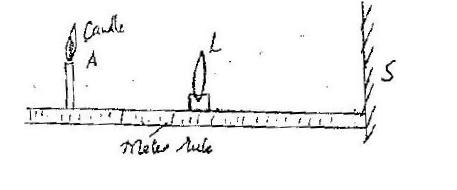
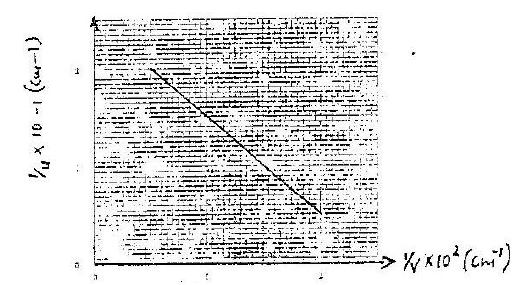
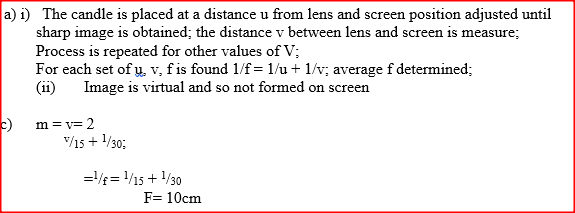



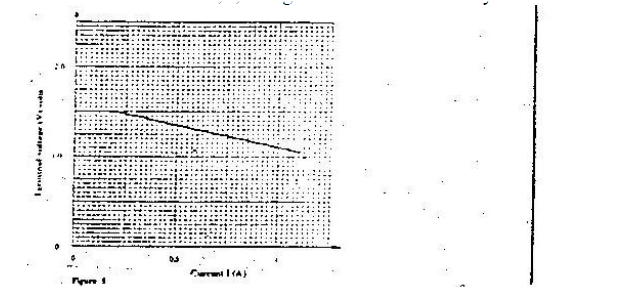
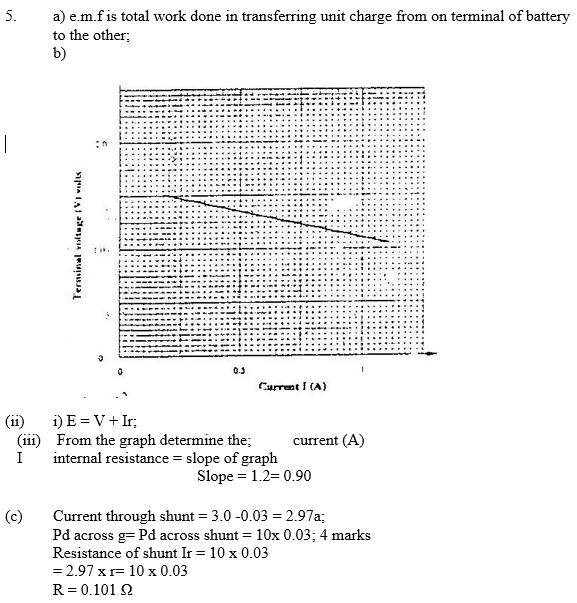

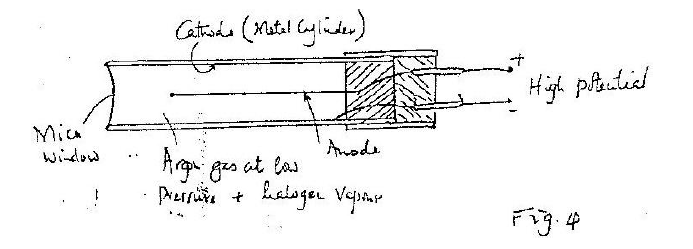
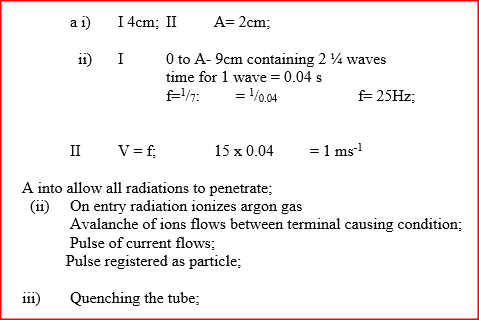




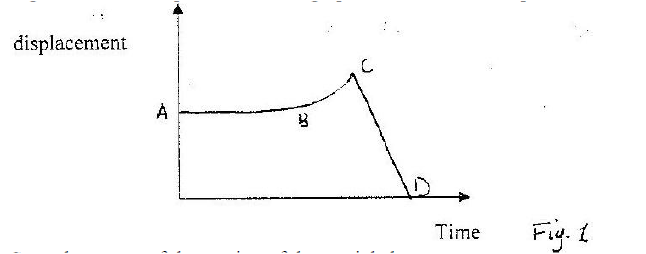
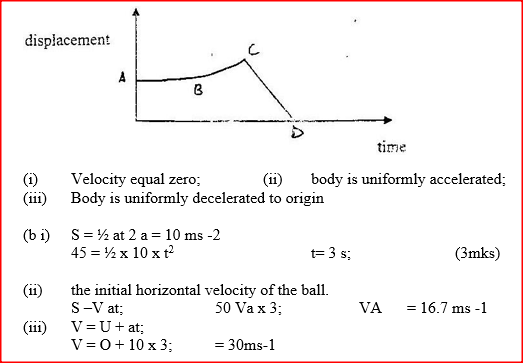






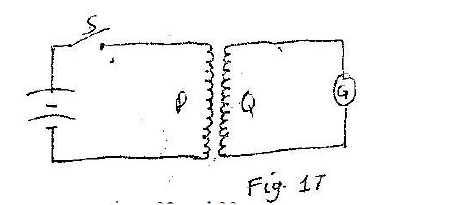

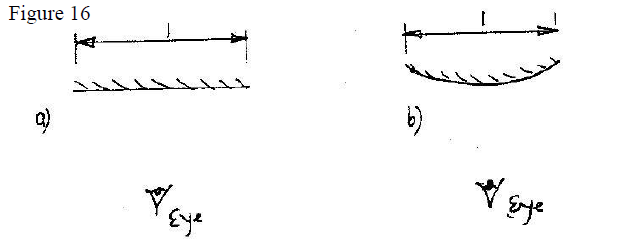



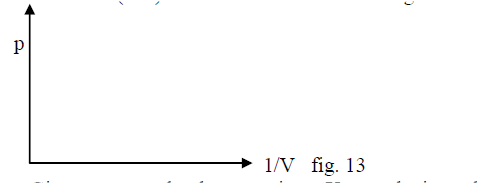
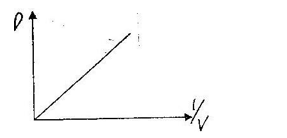







 RSS Feed
RSS Feed